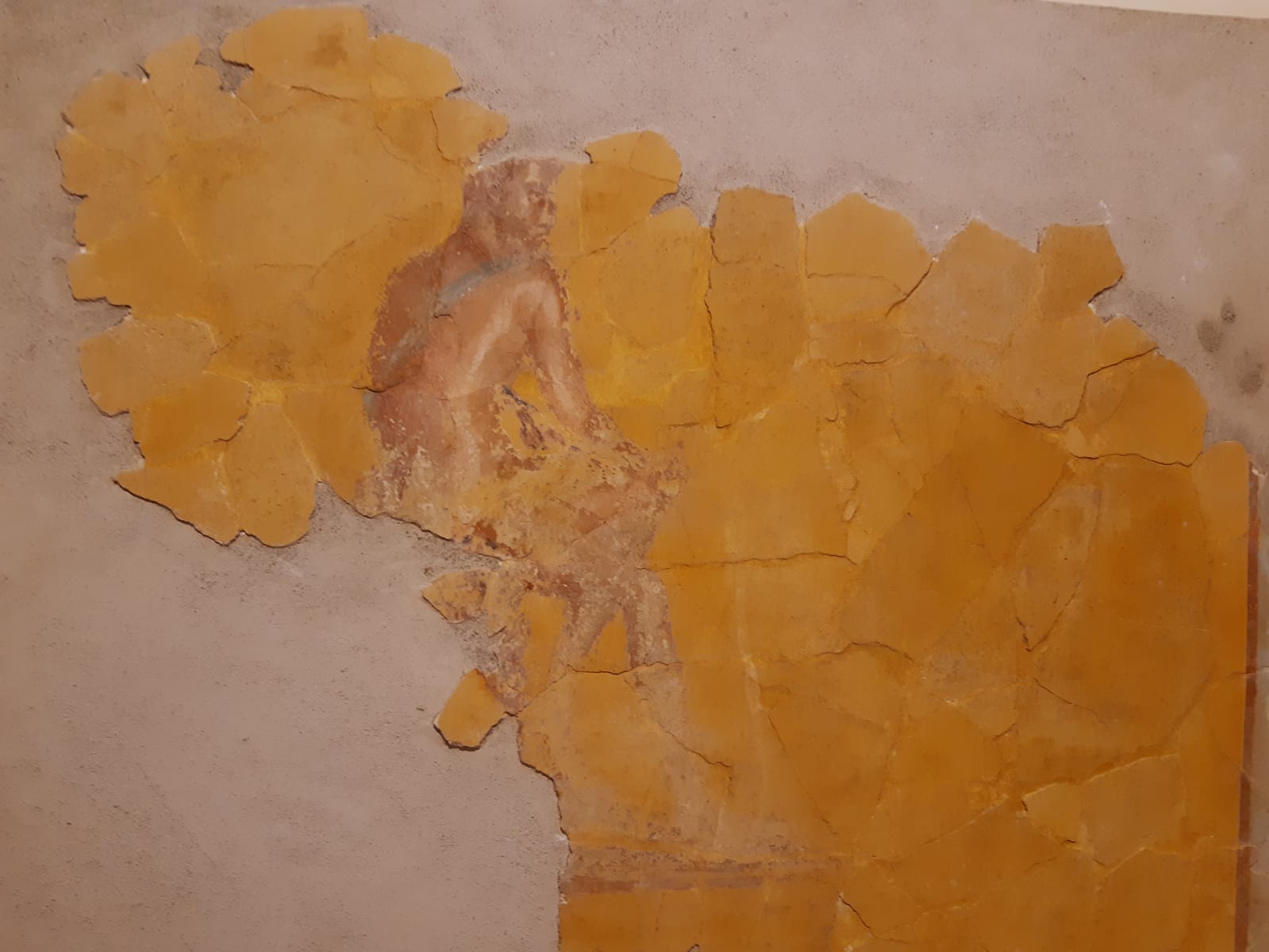Palazzo Ricci, per saperne di più su Elea-Velia Le Guide di Paestum e Velia en

Combined visit: the excavations of Velia (morning); exhibition at Palazzo Ricci (afternoon)
In the suggestive atmosphere of the ancient noble palace Ricci De Dominicis, in the centre of Ascea, the permanent exhibition "Velia a city between Being and Wellness" is active.
The exhibition allows the visitor to understand the ancient city of Elea-Velia, its history, urban planning, its close link with the landscape, through models and archaeological reconstructions. You can admire precious artefacts found during various excavations: portraits of doctors of the first century. A.D., busts of philosophers, including the portrait of Zeno, the statue of the god of medicine Asclepius (1st century AD) which reveal the importance that the city gave to philosophy and medical care.
A section of the exhibition is dedicated to the public baths, which flourished in Velia from the Hellenistic age to the Roman imperial age. The graphic reconstructions of the complex thermal baths with the arrangement of the pools and the canalization and heating systems are very interesting. In private homes some furnishings, mosaics and wall paintings, symbol of a widespread wealth were digged out. In the so-called “villa of the frescoes” archaeologists found fragments of wall decorations (different colors ranging from blue, to yellow to orange) with nice animal and vegetable motifs and a surprising figured panel with a naked male character, identified as Hercules resting (1st century A.D) The visit continues on the second floor with a large section dedicated to the landscape and agricultural production of the area (oil, wine, figs, legumes) which have characterized Velia since ancient times. There are roman amphoras used for the transport of oil, wine and fish sauce, a volcanic stone mill from the 2nd century BC and Roman marble and terracotta mortars used to weigh medicinal herbs for drugs. In fact, a peculiarity of the Eleatic medical school was also the great knowledge of the plants of the Mediterranean landscape and their use for healing purposes.